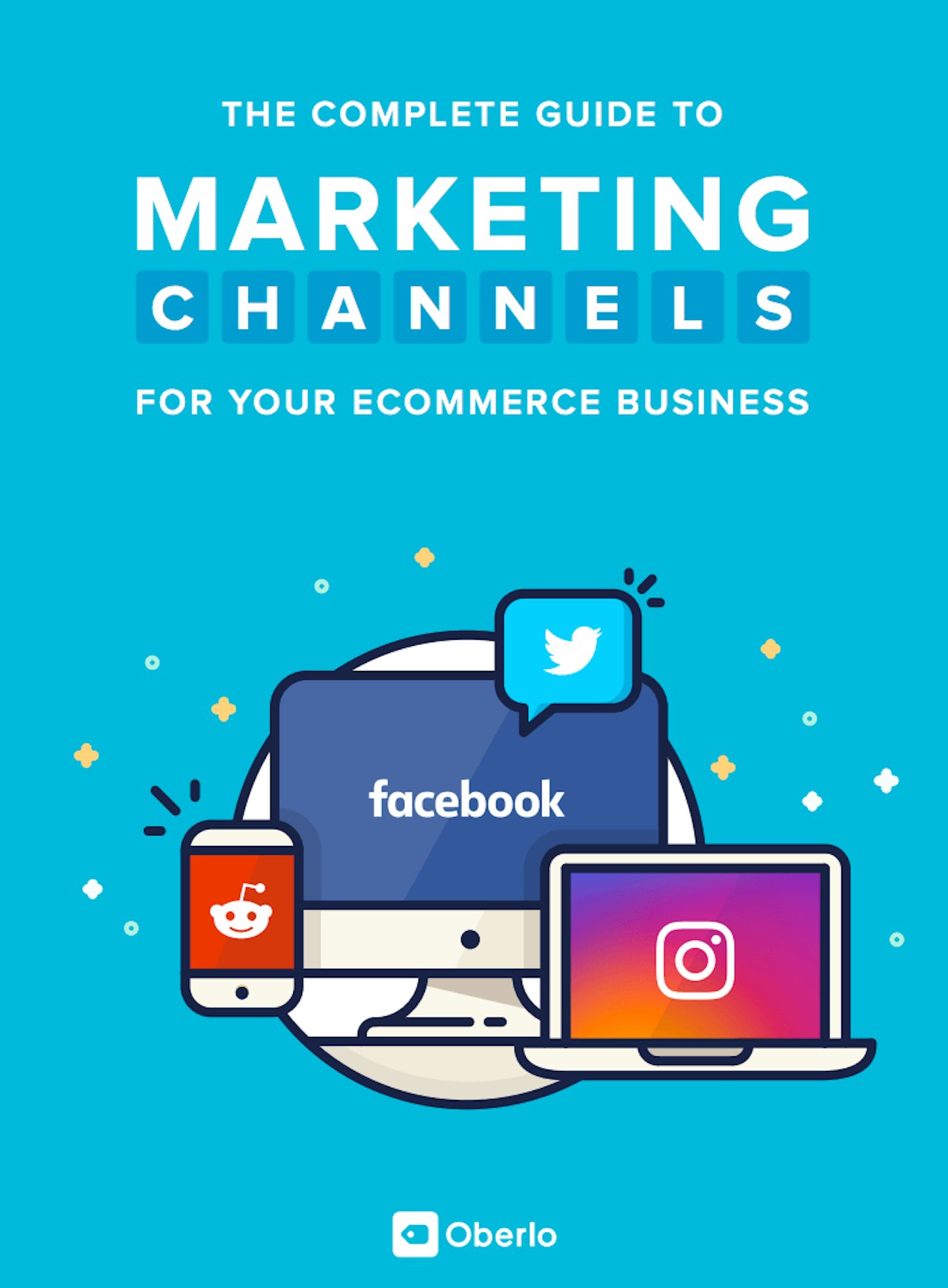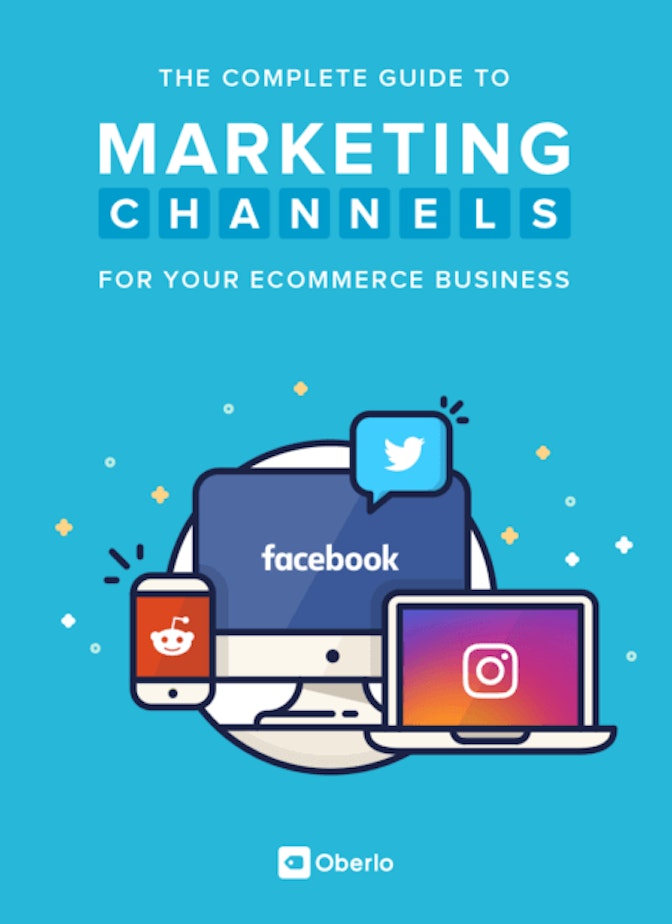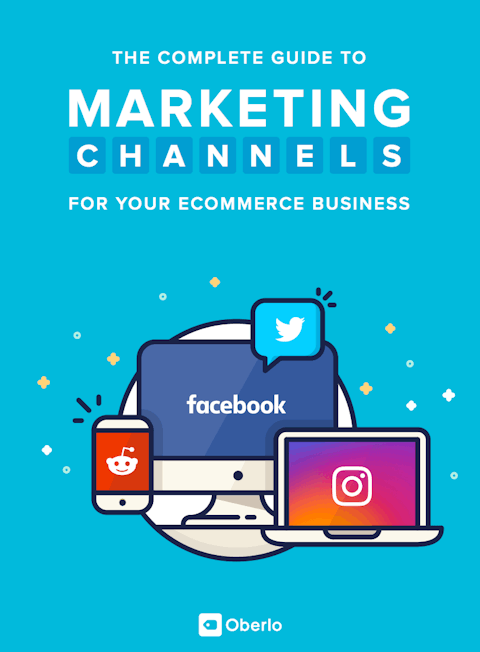With more than 330 million monthly users, Twitter is undoubtedly one of the most popular social media platforms out there, and any ecommerce entrepreneur would benefit from at least considering it as a marketing channel.
It is excellent for driving engagement and advertising promotional offers. The democratic model itself makes it easy to speak directly with customers and to network your brand. According to Dominique Jackson from Sprout Social, “Twitter thrives off communication.”
How It Works:
There are two main ways to approach marketing on Twitter:
- Organic interactions/community building
- Paid ads
Organic Interaction/Community Building
This tactic involves growing your following and engaging with users in ways that help promote your products and your brand through your presence and activity on the platform. The best way to utilize Twitter as a marketing channel in this regard is by engaging customers in Twitter chats. We cannot stress enough the importance of genuine interaction. The key is to differentiate yourself by offering other members of the conversation useful information, much as you would with Reddit marketing. Jackson goes on to advise, “Your Tweets shouldn’t consist of only headlines with a link, inspirational quotes, or funny statements. They should open the door for communication and conversation.”
Paid Advertising
Paid advertising on Twitter is also growing in prominence. It functions similarly to the paid ads systems on Facebook and Instagram. Twitter ads are optimized as they are on other channels so that they appear to relevant audiences. There are three main types:
- Promoted Tweets
- Promoted accounts
- Promoted trends
In the following sections, we will cover useful tips and tricks for basing your Twitter ads campaigns around both.
Making Your Campaign:
Organic Interaction/Community Building

Experts regard organic interaction and community building as yet another untapped marketing resource. One underutilized way to approach more organic Twitter marketing strategy is to join Twitter chats relevant to your industry or to start your own based on the niche products you are selling. It’s a great way to engage with Twitter users who are actually active and interested in what you’re doing. Fill missing niches in your industry by starting your own Twitter chat as well. In this context, be sure not to simply self promote. Instead, add valuable insight and value added content to the conversation. Build your credibility by showing your expertise and that you have something useful to offer other users. Do so by posing AMA style posts with questions, and be sure to follow up with people who post to your thread or respond to your Tweets. This is an excellent way to build relationships and credibility with other users in an authentic way.
As we’ve noted with previous marketing channels (e.g. email marketing), it’s better to have a smaller audience that is actually engaged than a larger one that isn’t. You may even want to keep a list of these people and continue to like/retweet their content and interact with them in the future. This is the key to building your audience.
As for crafting the Tweets themselves, opt for infographics (Canva), images, or videos rather than simple text, and when retweeting links add a bit of commentary. Also, be sure not to underestimate the importance of timing in strategizing your approach to using Twitter to organically build a community. Have special Tweets and content planned ahead for different days. Scheduling your twitter posts using helpful tools like OwnTheMoment and ViralPost (helps you to determine when to Tweet. Take advantage of trending hashtags, and engage via promotional content/encourage retweeting.
Paid Advertising on Twitter
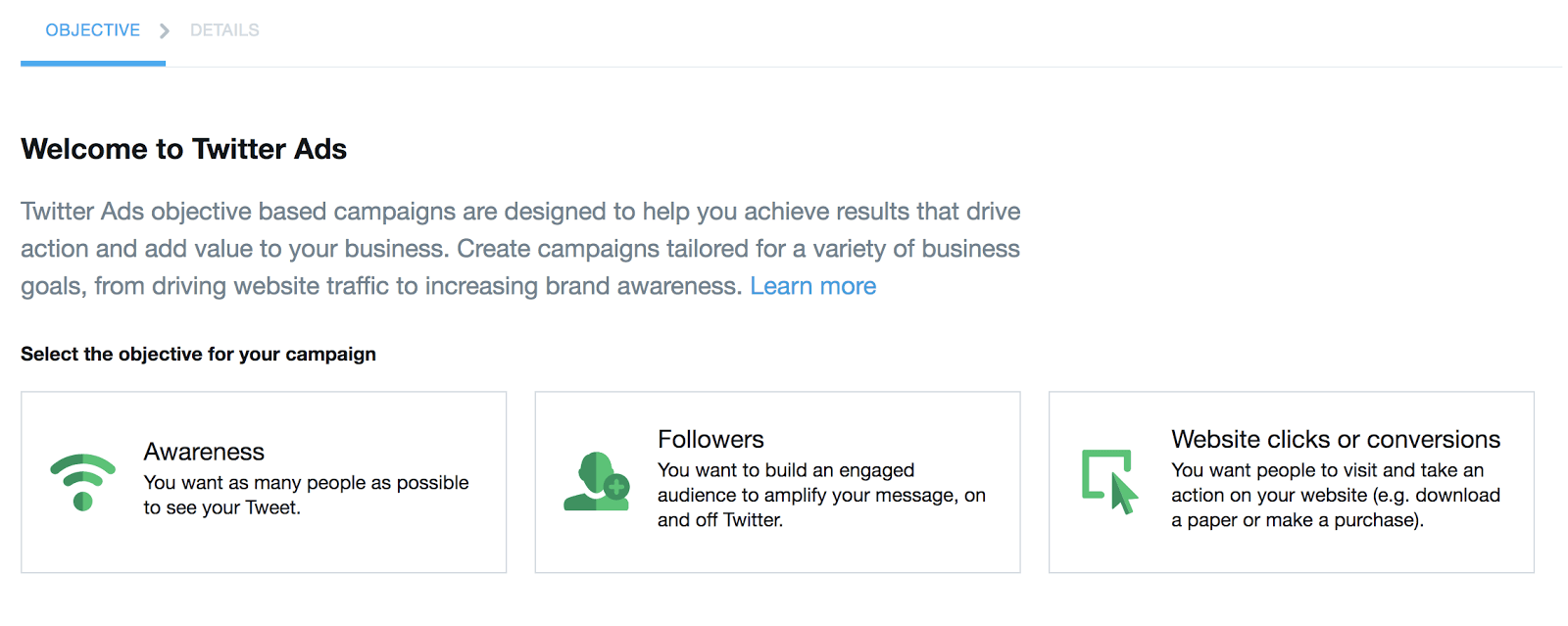
As noted above, Twitter’s paid advertising system works similarly to those of other marketing channels. One you’ve set up your account, take the following steps to prepare your ads campaign.
Set Your Objectives
The first step to starting your campaign is setting your objectives. The beauty of Twitter advertising is that you only have to pay for metrics of your choosing. Select from the list of objectives which ones are most relevant to your desired outcomes.
This means, for example, that if you only select website conversions as your campaign objective, then you will only pay when this metric increases, even if you are simultaneously getting a lot of likes and shares on your content. This allows your campaigns to be customizable based on your needs.
Choose Your Target Audience
Select your target audience based on the following categories:
- Language
- Gender
- Interest
- Followers
- Device
- Behavior
- Tailored audience
- Keyword
- Geography
Target by keywords, interests, or demographics and then select from accounts with followers who are engaged with similar topics and who display similar behaviors as the followers of the accounts that pop up in the search results.

Note here that it’s best not to be afraid to get your hands dirty and test out different things as you go along. Remember not to make assumptions about your audience until after you’ve run your ads and have data to understand which demographics are responding best.
After you’ve launched your campaign you can always go back and edit the parameters of your target audience by navigating to the Edit Campaign section on the dashboard.
Decide Your Budget
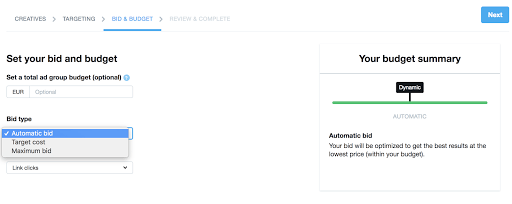
Twitter also works on a bidding system, where you can choose whether your campaign runs on a continual basis or on a specific timeframe where you select from the following pacing options:
- Total (optional)
- Daily max (ads stop being displayed once the budget has been spent)
- Daily max is then broken down into two parts: standard delivery (default) and accelerated delivery.
- With standard delivery, ads are displayed on an even keel throughout the day.
- Accelerated delivery, on the other hand, is designed so that you max out on your budget as soon as possible. This option is good for more time sensitive ads that are based on limited time promotions or related to specific events like holidays. For this option, you will need to choose your start and end dates.
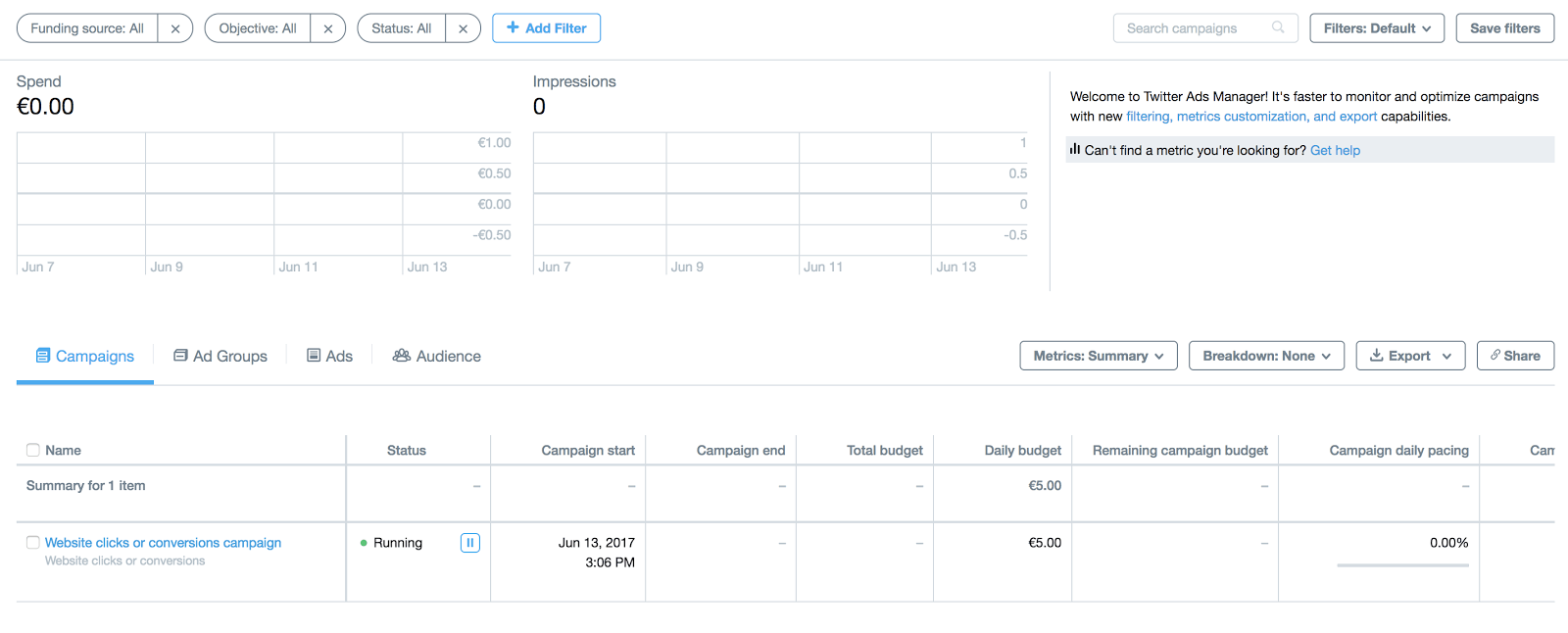
You’ll also want to consider what you’d like your maximum bid amount to be. This will help to set the ceiling of the price per engagement so that Twitter will allot the most possible impressions within your budget range. Check out the platform’s suggested bid tool if you’re not sure where to start. You can use the bulk edit feature to adjust your bid settings, timeframe, and budget after your ads have been launched. Alternatively, you can always stick with the default automatic bid option where Twitter will optimize your budget for the best results based on the objectives you set.
Measuring Success:
Using the campaign dashboard, check the following metrics:
Meta (across all campaigns)
- Impressions
- Results
- Engagement rate
- Cost per result
Segment by
- Objects
- Campaign
- Individual tweets
- Targeting criteria
- monitor campaigns
Helpful Resources:
The Crazy Egg Guide to Twitter Marketing
